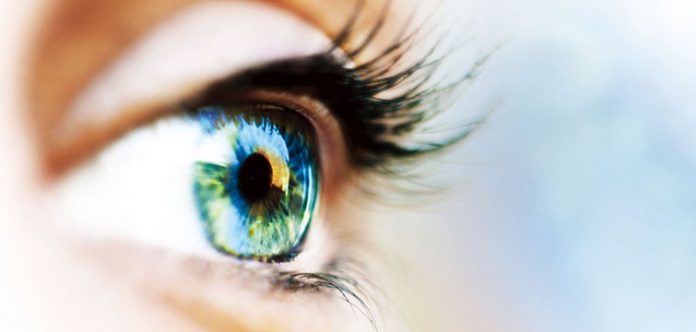
Tablets, smartphones, laptops, desktops and wearables. All those are devices that we now use on a daily basis to a point where it gets not only helpful but harmful as well. The most common danger from overexposure to a screen is retina damage and troubles in sleeping.
Both along with many others, are caused by the blue light emitted from the screen. At least that is the general belief amongst ordinary people. Scientists and topic experts on the other hand, tend to argue each one representing a different theory, or idea.
Serge Picaud, a researcher at the Institute of Sight in Paris says: “We should not be so afraid that we bin all our screens.“. Serge carried out a relevant study in 2013. The results showed blue light is actually harmful to the eyes. Yet, he says “that must be taken in proportion as the light intensities produced by our screens are still relatively weak compared to sunlight.”.
Vincent Gualino on the other hand, an ophthalmologist at a French hospital, believes that “we should not be afraid of the screens. The real problem is over-consumption.”
Now on the other side, there are those who are in favour of founding a solution to that dangerous blue light that can cause serious issues. The biggest tech companies are the ones that can do that. Perhaps not out of their good heart but because it seems that such a market is new hence extremely profitable.
Nonetheless, the game has already began with Philips taking the lead and presenting at the IFA 2015 a new technology for computer screens, called SoftBlue which as the company supports, is more gentle to the retina.
“We are shifting the harmful blue light frequencies, which are below 450 nanometers, to above 460 nanometers,” said Philips’ marketing director Stefan Sommer.
And Philips is not alone. Other big companies such as Asus, BenQ and ViewSonic have begun working on similar technologies.
Paul Gray, an analyst at IHS Global Insight commented:
“We’ve been told from a very early age by parents that too much screen time, in front of a TV or a computer, is bad. So a ‘safe’ screen might resonate with consumers.”
So here’s the irony. In the future, we will have extended protection for our eyes, made by the same companies that cause the problem in the first place. Still, good move- it is a win-win for both parties.










